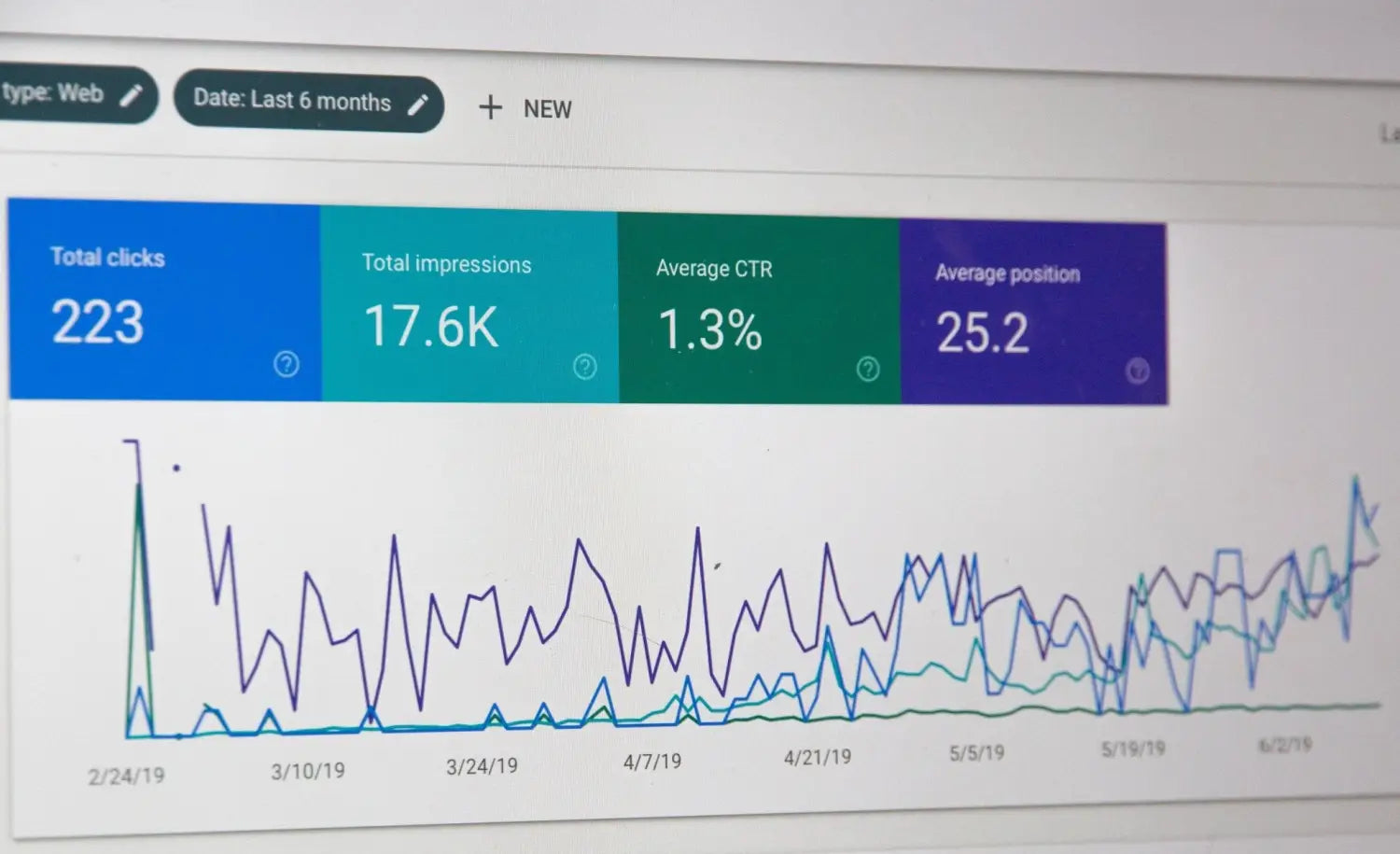Optimizing your online store for SEO is crucial if you want to attract more customers and increase sales. As a PLR (Private Label Rights) seller, you may have a lot of competition, so it's important to stand out and make it easy for your target audience to find you.
Here are some tips to help you optimize your online store for SEO.
Conduct keyword research
Conducting keyword research is an essential step in optimizing your online store for SEO. It helps you identify the keywords and phrases that your target audience is searching for, so you can tailor your content and product listings to match their intent.
One of the best ways to conduct keyword research is by using tools like Google Keyword Planner or SEMrush. These tools allow you to enter a keyword or phrase and see data on its search volume, competition, and related keywords. You can also use these tools to identify the keywords that your competitors are targeting.
Once you have a list of relevant keywords, you can start incorporating them into your product titles, descriptions, and meta tags. Your product titles should be clear, concise, and include the main keywords that you want to target. Your product descriptions should also be keyword-rich and provide enough information for the customers to make a decision.
Meta tags, such as the title tag and meta description, are also important for SEO. These tags provide information to search engines about your website and its content. Make sure that your title tags accurately describe the content on each page and include the main keywords. Your meta descriptions should be short and compelling, and should also include your main keywords.
It's also important to note that you should avoid keyword stuffing, which is the practice of including excessive keywords in your content. This can actually hurt your SEO as it can be seen as manipulative and can result in penalties from search engines
Optimise your website’s structure and content
Optimizing your website's structure and content is an important aspect of SEO for online stores. A clear and easy-to-navigate structure makes it easy for search engines and users to understand the content on your website, and can improve your visibility in search engine results.
First, ensure that your website has a clear and easy-to-navigate structure. Use a menu bar that is easy to find and understand, and use categories and subcategories to organize your products. This makes it easier for search engines to understand the content on your website and for users to find what they are looking for.
Second, use headings, subheadings, and bullet points to break up long blocks of text. This makes it easier for users to scan your content and find the information they need, and it also helps search engines understand the structure of your content. Use H1 tags for main headings, H2 tags for subheadings, and H3 tags for sub-subheadings. This also helps search engines to understand the structure of your content and how it is related to your target keywords.
Third, make sure that your product descriptions are clear, concise, and keyword-rich. Product descriptions are an important part of the customer journey and can greatly influence the customer's decision to purchase. Use keywords in your product descriptions, but make sure that they are used in a natural way, and do not stuff them in. Use keywords in the first few sentences of the product description, and use them in the meta tags, this will help search engines understand the content of the page and also help users understand what the product is about.
Improve your website’s loading speed
A fast-loading website is crucial for SEO as it can greatly influence a user's experience and search engine ranking. A slow-loading website can lead to a high bounce rate, which can negatively impact your website's visibility in search engine results.
One of the best ways to test your website's loading speed is by using tools like Google's PageSpeed Insights. This tool analyzes your website's performance and provides recommendations on how to improve it. It will give you a score on how well your website performs on both mobile and desktop devices.
Additionally, you can also use a Content Delivery Network (CDN) which can help to distribute your website's content across multiple servers, which can help to improve the loading speed of your website.
It's important to note that website speed optimization is an ongoing process, so you should regularly check your website's loading speed and make adjustments as needed.
Build backlinks
Backlinks, also known as inbound links, are an important factor in SEO as they can help to improve your website's visibility in search engine results. Backlinks are links from other websites that point to your website, and they signal to search engines that your website is valuable and relevant to its users.
There are several ways to build backlinks for your online store. One way is to reach out to other PLR sellers and ask them to link to your website. This can be done by emailing them and offering to link to their website in exchange for a link to yours.
Another way to build backlinks is through guest blogging. This is when you write an article for another website in your niche and include a link to your website in the article. This can help to increase your visibility and attract backlinks to your website.
Creating infographics can also be a great way to attract backlinks. Infographics are a visual representation of information that is easy to understand and share. By creating infographics that are relevant to your niche and include a link to your website, you can attract backlinks and increase your visibility in search engine results.
Track progress and performance
Tracking your progress is an important step in optimizing your online store for SEO. By using tools like Google Analytics, you can track your website's traffic, identify which pages are performing well, and make informed decisions about where to focus your SEO efforts.
Google Analytics is a free tool that allows you to track your website's traffic, including how many visitors you are getting, where they are coming from, and how they are interacting with your website. You can use this information to identify which pages are performing well and which pages need improvement.
One of the key metrics to track in Google Analytics is the bounce rate. The bounce rate is the percentage of visitors who leave your website after only viewing one page. A high bounce rate can indicate that visitors are not finding what they are looking for on your website or that the website is slow to load.
Another important metric to track is the conversion rate. The conversion rate is the percentage of visitors who complete a desired action on your website, such as making a purchase. By tracking your conversion rate, you can identify which pages are performing well and which pages need improvement.
You can also use Google Analytics to track your organic search traffic. This will allow you to see how much traffic you are getting from search engines and which keywords and phrases are driving the most traffic to your website. This information can help you identify which keywords and phrases are most valuable to your business and where to focus your SEO efforts.




Leave a comment
This site is protected by hCaptcha and the hCaptcha Privacy Policy and Terms of Service apply.